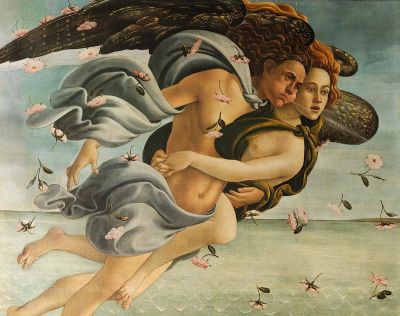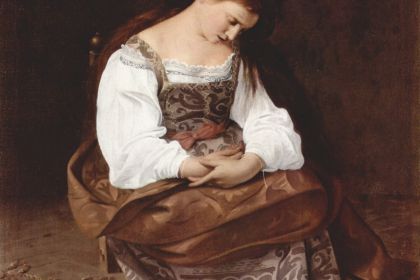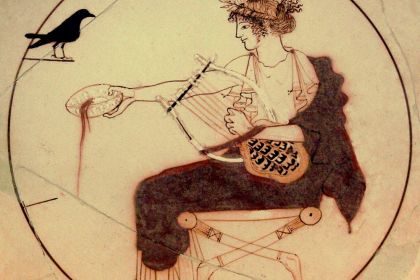Poetry
Zefiro Torna: famous madrigal by Monteverdi lauds the west wind that brings spring

Zefiros by Sandro Botticelli
Originating in the 14th century as a poetic form, the madrigal is a short poem of lyrical content. During the Renaissance, the madrigal became a very common musical form in which famous poems were set to a rather complex vocal polyphonic structure for 4-6 voices.
On the transition to the Baroque era, the madrigal underwent major changes thanks to the work of the Italian composer Claudio Monteverdi who developed the form of concert madrigal in which several voices were accompanied by an instrumental arrangement. Noting the special importance held by a good balance of lyrics and melody, Monteverdi has published nine books of madrigals among which the most famous is, perhaps, Zefiro Torna.
In choosing a literary work to adapt for his most glorious madrigal, Monteverdi decided on the poem Zefiro torna e di soavi accenti written by Ottavio Rinuccini, also known as the librettist of the first opera in music history. The poem describes the Greek god Zephyrus who brings spring to the mountains and valleys, filling them with sunlight, blossoming fields, and joy.
Listen to Monteverdi's Zefiro Torna performed by L'Arpeggiata:
Published by Monteverdi in 1632, the madrigal was composed as a fast dance song in the triple meter representing the form of a chaconne that was popular during the Baroque period.



